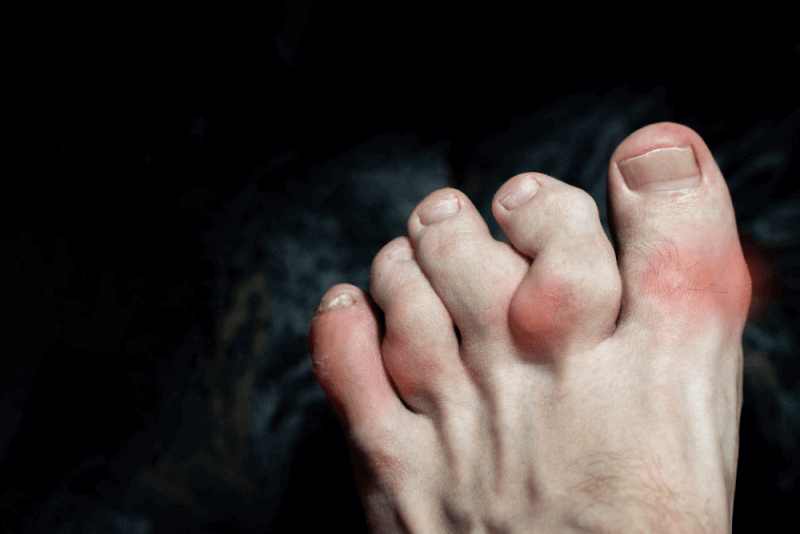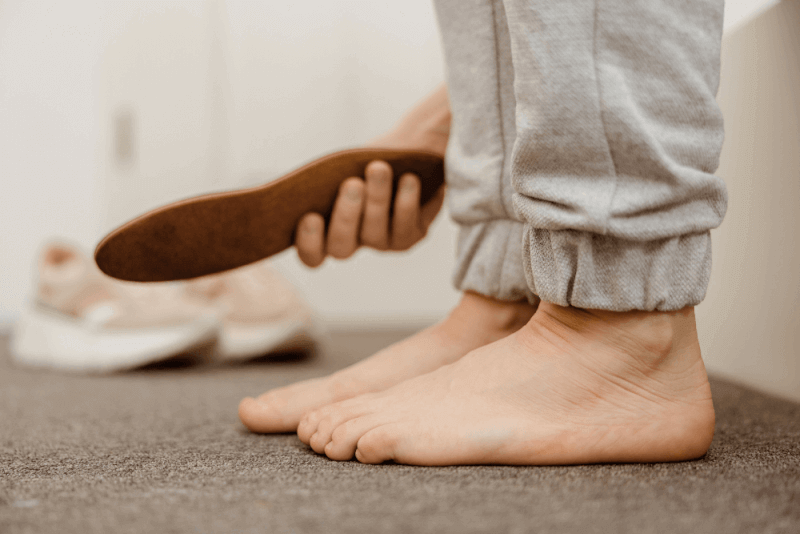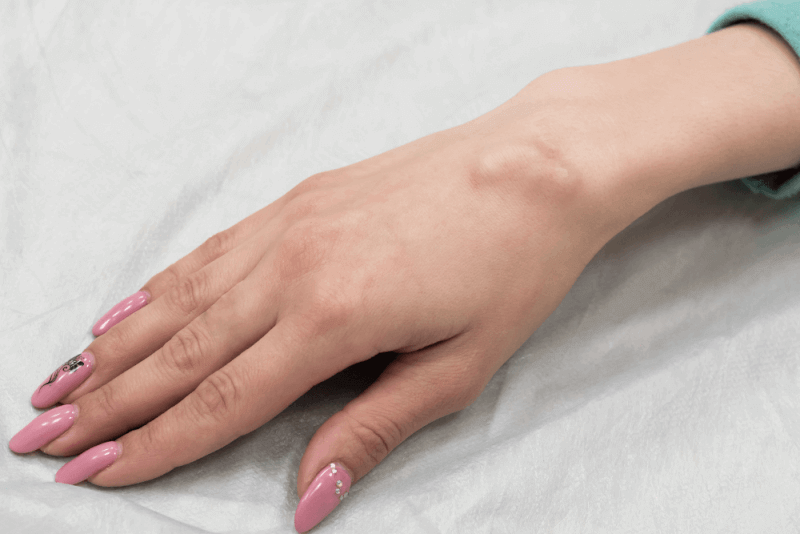What is a herniated disc?
Problems in the rubbery cushions called discs located between the bones that make up the spine are referred to as herniation. The spinal disc has a soft, jelly-like center called the nucleus. Around the nucleus, there is a tougher and elastic outer surface called the annulus. Herniation occurs when part of the nucleus is pushed out through a tear in the annulus.
A herniated disc can occur anywhere along the spine but is most commonly found in the lower back. Depending on the location of the herniated disc, pain, numbness, or weakness may be felt in the arms or legs. A significant number of patients with a herniated disc do not show any symptoms.
Criteria for diagnosing a herniated disc
Physical examination is primarily applied for diagnosing a herniated disc. During this examination, patients need to lie flat on their back to check the sensitivity of the back. Then, the legs are moved into various positions to measure the pain and its intensity. Additionally, various neurological tests can be applied to control the neurological condition. The conditions checked in neurological examinations include:
- Reflexes
- Muscle strength
- Walking ability
- Ability to feel pinpricks or vibrations
A significant number of herniated disc cases can be diagnosed with a physical examination. If the doctor suspects another condition, additional tests may be requested. The tests that may be requested from patients include:
- CT scan
- MRI
- Myelogram
Doctors may also perform nerve tests. These tests measure how well signals travel along the nerve tissue, helping to locate the damage. Nerve tests include EMG and nerve conduction study.
Symptoms of a herniated disc
A herniated disc typically occurs in the vertebrae of the lower back. Symptoms vary depending on the location of the disc and whether it is pressing on a nerve. A herniated disc usually affects only one side of the body.
- Back pain
- Tingling or numbness in the legs or feet
- Muscle weakness
Causes of a herniated disc
A herniated disc occurs when the outer layer of the disc cracks and weakens over time, causing the material from the center to protrude. The leaked material can press on nearby spinal nerves. Additionally, there are factors that increase the risk of a herniated disc, including:
- Aging
- Excess weight gain
- Repetitive motions
- Incorrect lifting of heavy objects
- Sudden strain
Treatment methods for a herniated disc
In the early stages of a herniated disc, the pain can be relieved with some home methods. However, a doctor should be consulted if the following symptoms are observed:
- Pain affecting daily life
- Symptoms persisting for 4 to 6 weeks
- Symptoms worsening
- Loss of bowel or bladder control
- Tingling, numbness, or weakness in the arms, hands, legs, or feet
- Difficulty standing or walking
If symptoms do not improve or worsen, treatment is necessary. Treatment options include:
Medication therapy
Specialists may prescribe an anti-inflammatory pain reliever or muscle relaxant.
Spinal injections
Spinal injections, known as epidural or nerve block, involve directly applying steroid medications to the spine. This reduces nerve compression and inflammation caused by the herniated disc, allowing the body to heal faster and return to activities sooner.
Exercises for a herniated disc
Exercises performed in the early stages of a herniated disc can help alleviate pain and relax the back muscles, reducing pressure on the vertebrae. These exercises should be started with a physiotherapist and repeated three times a day. Effective exercises for a herniated disc include:
The McKenzie Method
The McKenzie Method, proven effective in treating herniated discs, also helps determine if the pain is progressing. The steps to follow for this method include:
- Lie face down on the ground and slowly lift your upper body by bending at the waist.
- Stop when you feel pain.
- Hold the position for 10 seconds, then return to the starting position.
- Repeat the movement 10 times.
Hip stretching exercise
The hip stretching exercise helps the spine return to its natural position. Follow these steps to perform the exercise:
- Lie on your back with your knees bent and feet flat on the ground.
- Keep your head on the ground with your neck and spine aligned.
- Create a space between your lower back and the ground, and place your hand in this space comfortably.
- Take a deep breath, then exhale while pulling your pelvis upward with your abdominal muscles, pressing your lower back against the ground.
- When inhaling, return your neck and spine to their natural position.
- Repeat the movement 10 times.
Trunk rotation stretch
Follow these steps to perform the trunk rotation stretch:
- Lie on your back with your knees bent.
- Then, lower your knees to the right side and hold for 10 seconds.
- Return your knees to the upright position, then lower them to the left side and hold for 10 seconds.
- Ensure your knees stay together and your hips do not move off the ground during the movement.
- Repeat the movement 10 times.
Leg stretch
The key to this movement is to bring the knee as close to the abdomen as possible. Follow these steps to perform the exercise:
- Lie on your back and clasp your hands under your thigh.
- Pull your knee towards your abdomen and hold for 10 seconds.
- Repeat the movement with the other leg.
- Perform the exercise 10 times.
Lateral stretch
Follow these steps to perform the standing lateral stretch:
- With your left hand raised, hold your right hand near your knee and gently bend to the right.
- Gradually increase the stretch to the right.
- Then, perform the same movement for the left side.
- Repeat the movement 10 times.
Half squat position
This position, which stretches the back muscles, is also performed standing. Follow these steps to perform the exercise:
- Slowly bend forward with your hands beside your knees, keeping your back straight.
- If no pain is felt in the back or legs, repeat the movement 10 times.
- Ensure you feel the stretch in the back muscles during the movement.
Herniated disc surgery
Herniated discs can heal over time or be treated with non-surgical techniques. However, in one out of every ten patients, surgical techniques are necessary. Various surgical procedures may be applied to relieve pressure on the spinal cord and nerves if other treatments do not alleviate the symptoms.
Methods of herniated disc surgery
The surgical method applied depends on the symptoms and severity of the herniated disc. The discectomy method is used to remove the herniated disc.
Artificial disc surgery is applied to remove part of the bone around the herniated disc and widen the spinal canal. Finally, spinal fusion, a surgical procedure that directly fuses two or more vertebrae to stabilize the spine, is applied.
Side effects of herniated disc surgery
Herniated disc surgeries rarely cause side effects. Potential side effects after surgery include:
- Infection
- Blood clot formation
- Nerve damage
- Pain
- Swelling
- Bruising
Benefits of herniated disc surgery
Herniated disc surgery relieves the compressed nerve, thus eliminating the pain. When applied to the right patients, the success rate of the surgery is over 90%.
Complications of a herniated disc
Although rare, a herniated disc can press on all nerves and the spinal canal, potentially causing permanent weakness or paralysis. In such cases, emergency surgery is required.
Recovery process for a herniated disc
It is normal to feel pain in the operated area in the first days after herniated disc surgery. Patients are advised to rest flat on their back for the first 2-3 hours after surgery, with pillow support for the back.
The day after surgery, patients are helped to stand up with the assistance of a doctor or physiotherapist. During this stage, patients must pay attention to how they move and repeat these movements in the following days.
It is normal to feel dizzy when standing up for the first time after surgery. Therefore, patients should wait 1-2 minutes before fully standing up. Standing up 4-5 times on the first day after surgery is sufficient.
If the surgery is successful, patients can be discharged the next day. Typically, hidden stitches are used, so patients do not need to return to have stitches removed. If there are no signs of infection, such as swelling or redness, it is recommended to visit the doctor for a check-up on the 8th day.
After discharge, patients can stand up 5-6 times a day as instructed by the doctor. Short walks can be started after the first week of surgery. The duration of the walks should gradually increase, and care should be taken to keep the surgical area warm during the walks.
Although it is recommended to wait 6 weeks before starting exercise after surgery, light back movements should begin from the second week. In addition, mild numbness in the legs may occur after surgery, which is expected to resolve on its own within 2 months.
Precautions for individuals with a herniated disc
Precautions that individuals with a herniated disc should take and measures to prevent herniation include:
- Exercise to strengthen core muscles and stabilize the spine
- Maintain good posture to reduce pressure on the spine and discs
- Properly lift heavy objects
- Maintain a healthy weight
- Quit tobacco use








